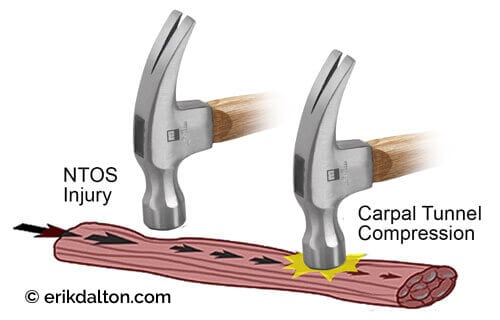
Assessing Neurogenic Thoracic Outlet Syndrome
Double Crushed Nerve Damage The term double crush syndrome (DCS) was coined by Harvard University plastic surgeons Albert Upton and Alan McComas, who wrote, “Neural

Double Crushed Nerve Damage The term double crush syndrome (DCS) was coined by Harvard University plastic surgeons Albert Upton and Alan McComas, who wrote, “Neural
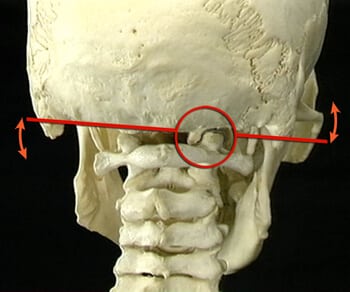
The head houses sensory organs called cranial teleceptors that connect us to the distant world. When floating comfortably atop the spine, cranial teleceptors reflexively orient
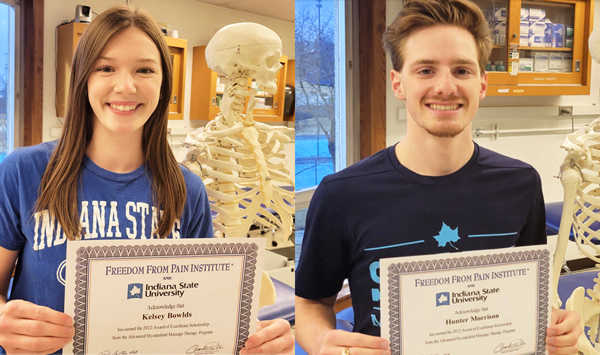
The Erik Dalton Myoskeletal Massage Therapy Endowed Scholarship The successful collaboration between Indiana State University (Charlie Peebles) and Erik Dalton’s Freedom From Pain Institute (Erik
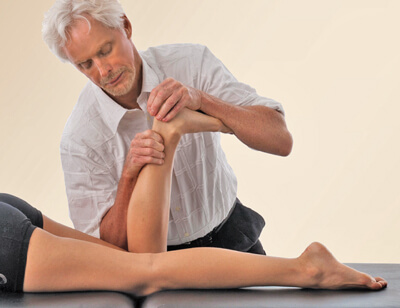
A case of mistaken identity!
A 44-year-old orthopedist, who we’ll call Dr. Smith, was referred to me complaining of eight months of debilitating, self-diagnosed, IT-band friction pain. During his history intake, he admitted suffering sporadic foot, hip and low back soreness but dismissed these issues as “unrelated.”
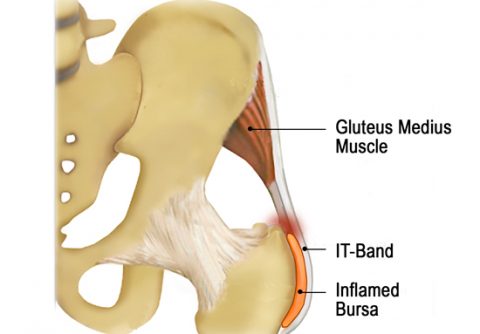
The femoroacetabular is one of the largest, strongest and most flexible joints in the human body. During gait our hips give us power and stability,
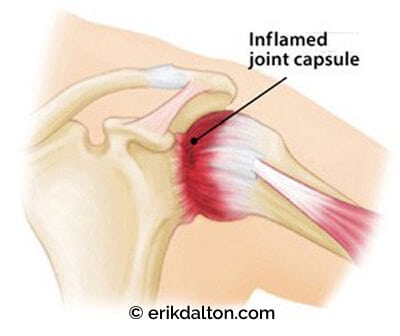
The term frozen shoulder has been around since the early 1930s, but research by Drs. Andrew and Robert Neviaser found that a stiff, painful glenohumeral joint doesn’t necessarily mean the shoulder is “frozen.”1 According to these authors, frozen shoulder and adhesive capsulitis are
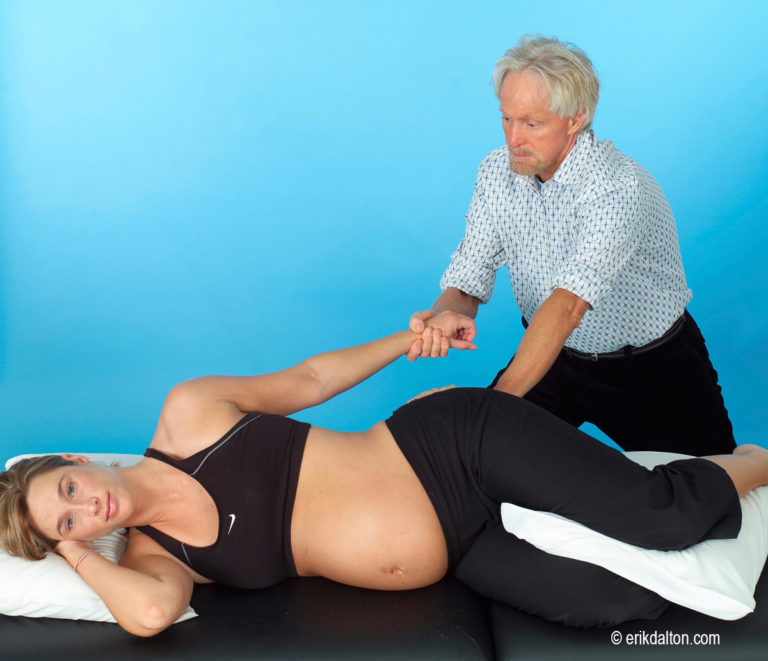
The miracle of motherhood is eloquently expressed when observing how perfectly the female body is designed to conceive, birth, and nurture a child. Following conception, a woman and her unborn baby unite in an oceanic blend of energy and identity. Where one ends and the other begins no one knows.
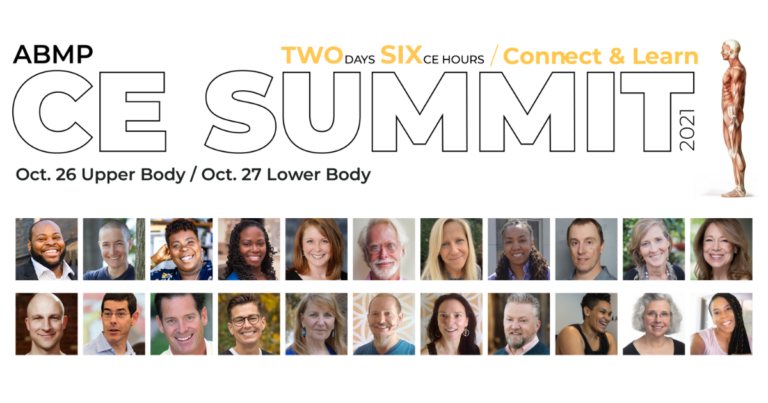
I’m excited to be joining a bunch of great manual therapy educators online for the ABMP CE Summit happening Oct 26-27th. Its a two day
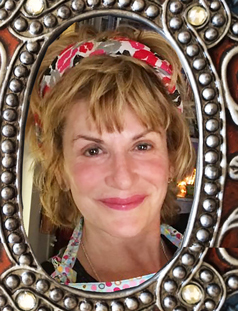
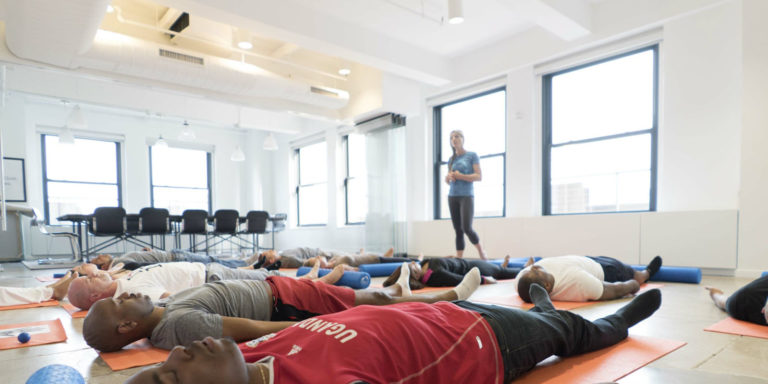
In this blog post, I’d like to feature the writing of Sue Hitzmann as she describes her MELT Method. I’ve always respected Sue’s prolific work
Free subscription to the Technique Tuesday newsletter. Sign up to receive an in-depth article and technique video in your inbox every Tuesday.
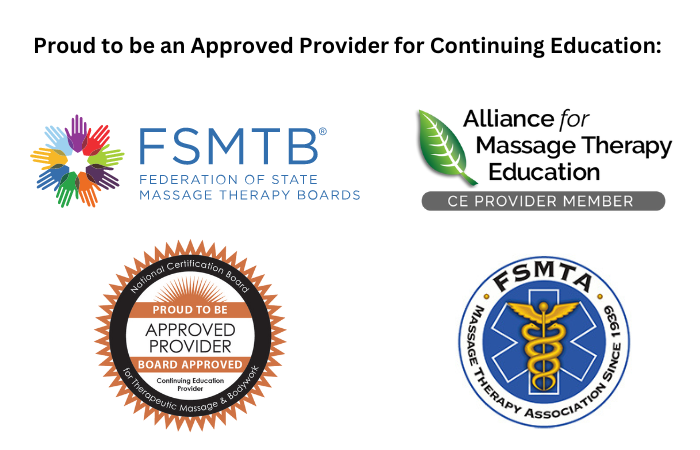
© 2021 Freedom From Pain Institute